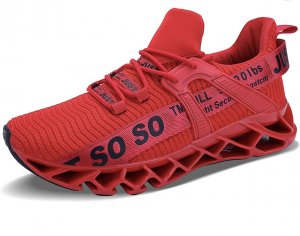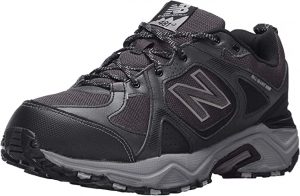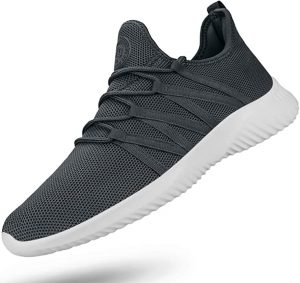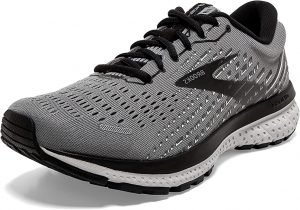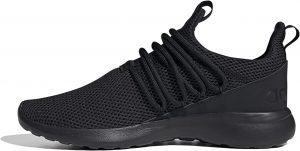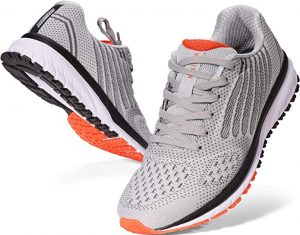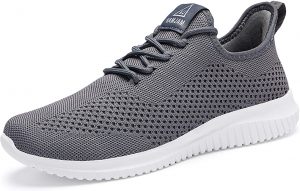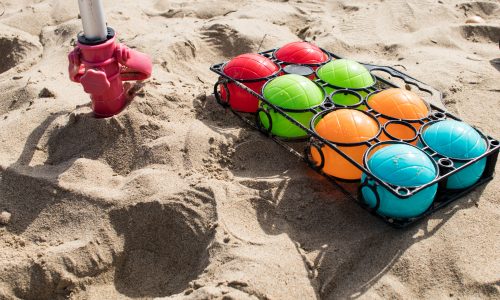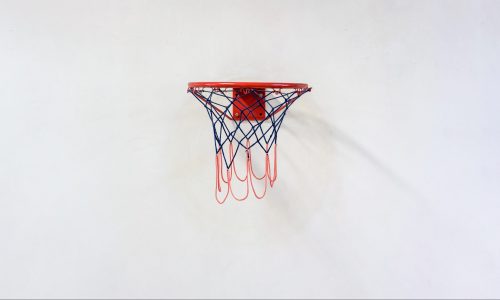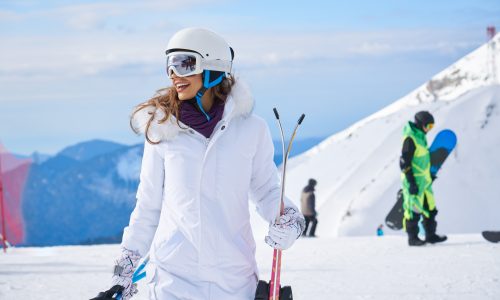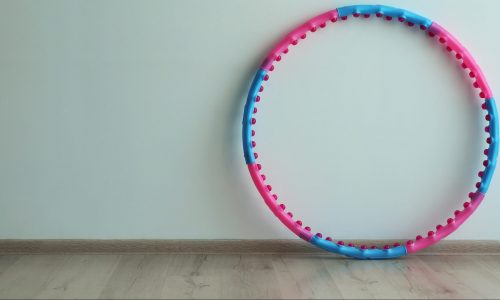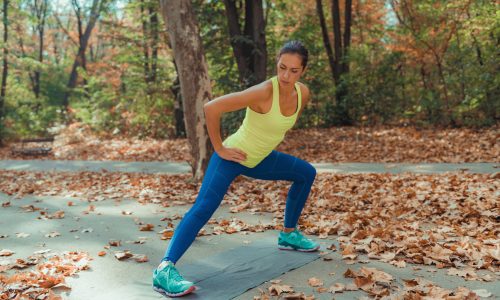The Best Running Shoes For Men
We looked at the top 9 Running Shoes For Men and dug through the reviews from 32 of the most popular review sites including and more. The result is a ranking of the best Running Shoes For Men.
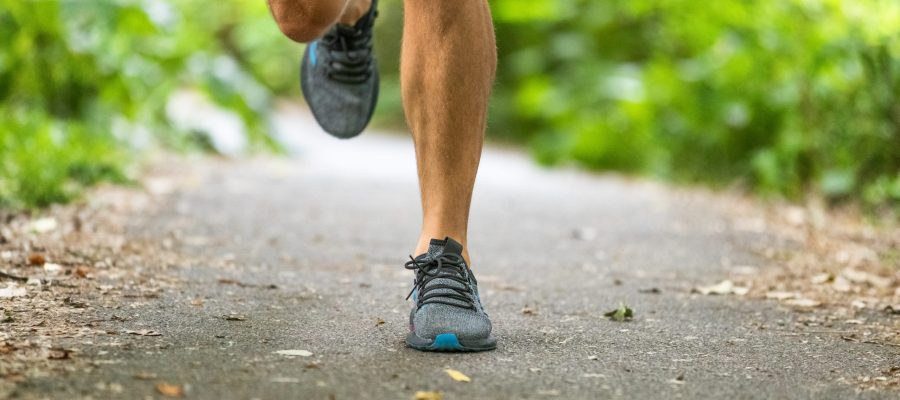
Our Review Process
Don't Waste Your Money is focused on helping you make the best purchasing decision. Our team of experts spends hundreds of hours analyzing, testing, and researching products so you don't have to. Learn more.
Our Picks For The Top Running Shoes For Men
- 1. Under Armour Charged Assert 9 Men’s Running Shoes
- 2. JSLEAP Blade-Type Men’s Running Shoes
- 3. ASICS Gel-Venture 6 Men’s Running Shoe
- 4. New Balance 481 V3 Men’s Trail Running Shoes
- 5. Feethit Slip-On Mesh Men’s Running Shoes
- 6. Brooks Ghost 13 Men’s Running Shoes
- 7. adidas Lite Racer Adapt 3.0 Men’s Running Shoes
- 8. Joomra Whitin Lightweight Men’s Running Shoes
- 9. VAMJAM Ultra-Lightweight Mesh Men’s Running Shoes
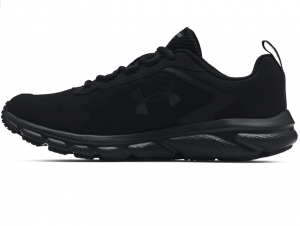

Under Armour
Charged Assert 9 Men's Running Shoes
These well-balanced shoes are the go-to footwear when you're on your feet all day. The heel provides ample support while the midsole cushions every step. The uppers are built to last and protect from spills or scuffs.
Easy to WearTired feet will find plenty of comfort here.
Beauty isn't just skin-deep with these shoes. The distinctive-looking sole provides both bounce and grip on slippery surfaces. The fit is also snug without being too tight on the sides.
Eye-Catching StyleThese bold sneakers make an impression.
This men's running shoe provides extra reinforcement on the side of the shoe for stability while gel padding buffers the sole. Made of high-abrasion rubber, it can stand up to punishing runs on the trail. Overall, this shoe provides a good option for extended outdoor use. We found these to be light and comfortable during our testing.
Stable and SturdyPremium rubber soles make for a long-lasting runner with this men's running shoe.
Buying Guide
If you’re just starting to take up running, congratulations! You’ve found an easy way to connect with nature and one of the cheapest ways to get exercise. The only real investment you need to make is in your running shoes, but take your time and do a little research. Shoes can make the difference between a smooth runner’s high and tired, blistery feet.
The first thing to understand is that not all sneakers are running shoes. Science has come a long way since the first marathon, and there are some truly space-age materials going into modern footwear. Of course, that’s not to say that the best shoe for you is going to be the most expensive one. As with any kind of shoe, the right fit is key. Whatever kind of shoe you buy, make sure the return policy allows you to try them on for a day or so. Often, you won’t know if a pair of shoes is right for you until you’ve put a couple miles on them.
You can start to narrow down your choices by identifying what kind of running you do. If your normal jogging route takes you primarily over paved roads, you’re going to need a good road shoe. The priority with this kind of shoe is cushioning, and for good reason. With a standard gait, the heel and balls of the feet are going to take a lot of punishment from repeated impact on that unyielding asphalt. Pay attention to the midsole. Is it stable? Does it provide a bit of cushion? You generally want something that has a layer of softness, but not so much that it hampers the natural movement of your feet. You’re looking for shoes that are lightweight but durable, with an outsole that won’t slip on wet roads.
Are you mainly going to be taking on outdoor trails or maybe even running up mountainous terrain? This kind of territory calls for off-road running shoes. With this kind of shoe, you’re going to see a lot of protection for your feet. You’ll want thicker outsoles to guard against sharp rocks or sticks, and durable uppers to ward off scrapes from thick brush. Off-road shoes tend to be heavier and thicker overall, focusing on stability. You might also want some waterproofing to keep the mud or rain out of your socks.
If you’re mainly going to be lacing up for a gym workout, find a good cross-training shoe. This type of running shoe is all about stability and comfort, since you’re going to be doing a lot of quick pivots and repetitive treadmill work.
If you plan to move up to marathons, it may be worth it to have a therapist or doctor assess your gait. If your feet tend to roll inward as you run, you’re going to need a shoe with additional cushioning on that inside edge. If your feet roll outward (a habit known as supination), you’ll want more protection on the outside edge. It all comes down to finding the right fit for you, which means even the most expensive shoe won’t be right for every runner.
Why we recommend these running shoes for men?
Products Considered
Products Analyzed
Expert Reviews Included
User Opinions Analyzed
Our experts reviewed the top 9 Running Shoes For Men and also dug through the reviews from 32 of the most popular review sites including and more. The result is a ranking of the best of the best Running Shoes For Men.
DWYM is your trusted roduct review source. Our team reviews thousands of product reviews from the trusted top experts and combines them into one easy-to-understand score. Learn more.
The Best Bang For Your Buck
JSLEAP Blade-Type Men’s Running Shoes
Key Takeawy
Beauty isn't just skin-deep with these shoes. The distinctive-looking sole provides both bounce and grip on slippery surfaces. The fit is also snug without being too tight on the sides.
What other experts liked
What other experts didn't like
What to Look For
Having trouble finding comfort no matter what kind of shoe you wear? It might be time to give insoles a try.
Insoles are inserts that you slip into a shoe, and while they’re not a cure-all, they can and have brought relief to some runners. Good insoles contain gel or other strategically placed cushions that can ward off injury, provide stability and even help improve your gait. Trial and error isn’t the best approach with insoles, though. For best results, consult with a podiatrist or running specialist to find what kind of insoles (if any) are right for you.
More to Explore
Is your local 5K not challenging enough? Since 2003, runners with a sturdy constitution have been able to compete in the North Pole Marathon, which takes its competitors over more than 26 miles of snow and frozen ice. It’s not clear whether the race is officially sanctioned by Santa Claus, but one thing is for sure: Win or lose, runners will feel like they’re on top of the world.
